Bunkers of the Great Patriotic War
DOT - Long-Term Fire Point of the Great Patriotic War. These pillboxes were part of the Rzhev-Vyazma defensive line. The boundary was a system of moves and trenches (the remains were preserved in the forest), supplemented by fire points, and had several levels. On this defensive line were placed high hopes, therefore, during its construction, which began in July 1941, a huge number of people were involved. People worked in any weather and even under enemy fire from the air.



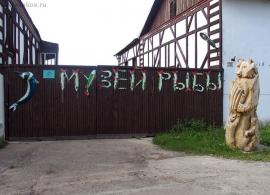







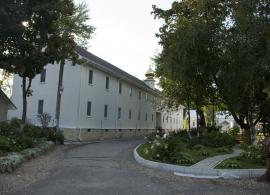



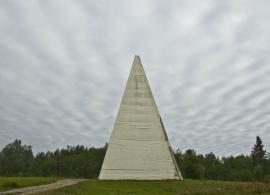
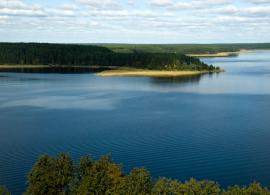

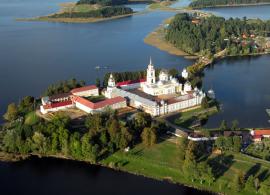


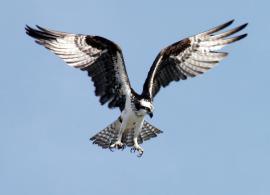





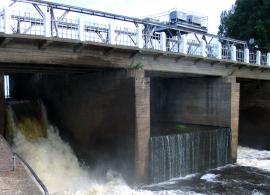





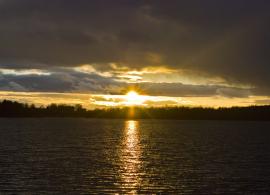

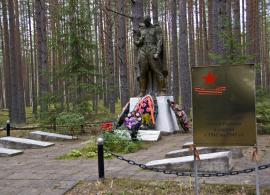

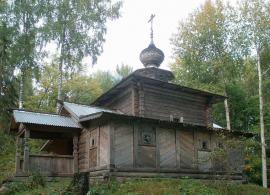
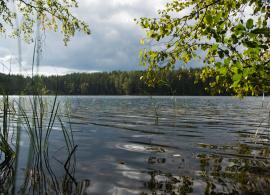


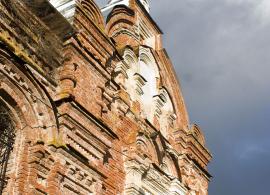
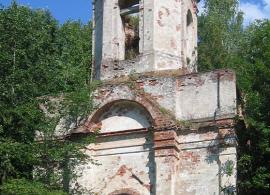

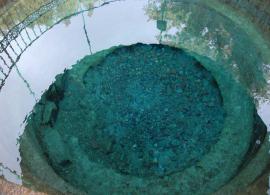
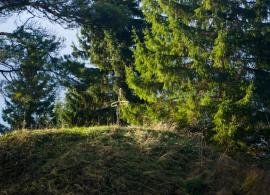

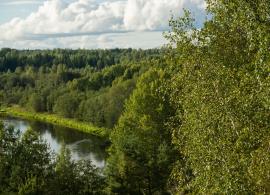


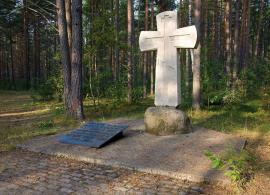
Douglas DC-3 aircraft
07/26/1941 Douglas DC-3 crashed into Lake Sig. The transport aircraft without cover remained at low altitude from the attacking Messerschmitts caught on the water and drowned. Of the 17 people saved 10. At the moment the aircraft is at the bottom of the lake, used as a rack.
Douglas DC-3 (Douglas DC-3, also known as C-47, C-53, R4D and Dakota) is a short-range passenger aircraft with two reciprocating engines.